Cash-back credit cards provide ongoing benefits by returning a percentage of your spending. They work like automatic coupons, granting you rewards every time you use them. However, determining the ideal cash-back card for your needs can be a complex decision.

To find the best cash-back card for you, consider factors such as your primary spending categories, average credit card expenditures, and the additional perks and benefits that hold value for you.
Our comprehensive analysis encompassed a diverse selection of cash-back credit cards from various issuers. We meticulously curated a list of the finest options available. Below, we present our rankings across multiple categories, catering to all types of card-seekers.
Chase Freedom Flex℠
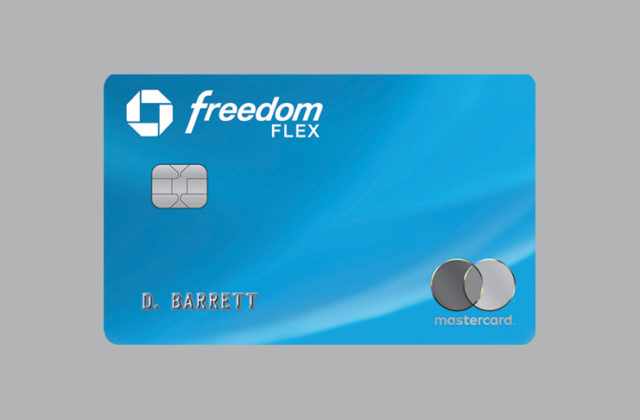
The annual fee for this card is $0. It offers 5% cash back on up to $1,500 in rotating quarterly categories, but you need to activate it. You can also earn 5% cash back on travel booked through Chase Ultimate Rewards®, 3% cash back on dining and drugstore purchases, and 1% cash back on everything else. If you spend $500 in the first three months of opening your account, you’ll receive a $200 bonus. However, be aware that there is a 3% foreign transaction fee for each transaction made in U.S. dollars when using the card abroad. Overall, it’s a versatile cash-back credit card with no annual fee, except for the foreign transaction fee.
Chase Freedom Unlimited

The annual fee for the Chase Freedom Unlimited® is $0. It offers various rewards such as 5% cash back on travel booked through Chase Ultimate Rewards®, 3% cash back on eligible dining and drugstore purchases, and 1.5% cash back on all other purchases. In the first year, you can earn 1.5% back on up to $20,000 spent, which can be worth up to $300. The card charges a 3% foreign transaction fee for each transaction made in U.S. dollars. Despite being a no-annual-fee card, it provides several money-saving insurances and protections like auto collision damage waiver coverage, trip cancellation/interruption insurance, extended warranty, and purchase protection. However, the ongoing rewards rate of 1.5% may be surpassed by other cards outside of the bonus categories.
U.S. Bank Shopper Cash Rewards™ Visa Signature® Card
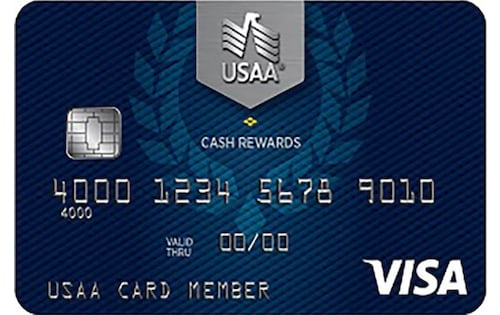
The annual fee is $0 for the first year, and then it becomes $95. You can earn 6% cash back each quarter on purchases from two chosen retailers, with a limit of $1,500. For prepaid car and hotel reservations booked through the Rewards Center, you can earn 5.5% cash back. In one everyday category of choice, you can earn 3% cash back each quarter, up to $1,500. On all other purchases, you can earn 1.5% cash back. Upon spending $2,000 in eligible purchases within the first 120 days, you can receive a $250 welcome bonus. A 3% foreign transaction fee is charged for each foreign transaction. While the card offers great rewards at retailers like Walmart and Target, the earning structure and bonus caps can be confusing. The introductory annual fee is $0 for the first year, but it increases to $95 later on. To offset the card’s carrying cost, you would need to spend around $1,590 annually in the 6% cash back categories.
Capital One Walmart Rewards® Card

The annual fee for the card is $0. It offers various rewards, such as 5% cash back on purchases made on Walmart.com and in the Walmart app. For restaurants and travel, as well as Walmart Stores, Walmart & Murphy USA fuel stations, the card provides 2% cash back. Everywhere else, you can earn 1% cash back.
As a welcome bonus, you can enjoy 5% cash back at Walmart stores for the first 12 months when using the card with Walmart Pay. There is no foreign transaction fee associated with this card. When it comes to benefits, online shoppers can save significantly at Walmart, known for its low prices. However, the rewards lose their appeal when shopping in physical stores.
Alliant Cashback Visa® Signature Credit Card
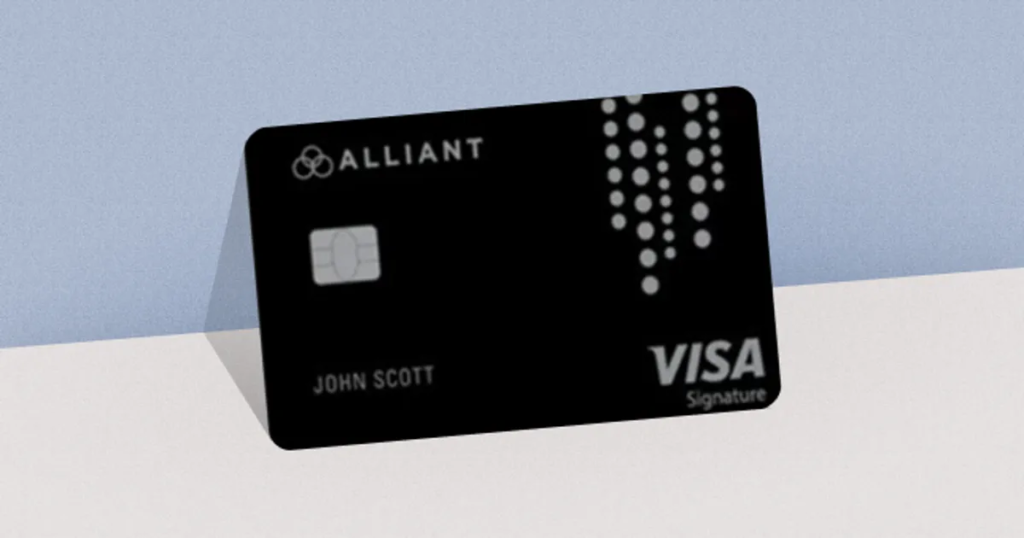
The annual fee for this credit card is $0. You can earn 2.5% cash back on up to $10,000 spent each billing cycle with qualifying accounts. All other purchases will earn you 1.5% cash back. Unfortunately, there is no welcome bonus for signing up. However, you won’t have to worry about foreign transaction fees either. There are some benefits and drawbacks to consider. While the elevated cash back requires some effort, it can be worthwhile for those who regularly spend around $10,000 per month on their credit card. The rewards offered are quite impressive.
Amazon Prime Rewards Visa Signature Card
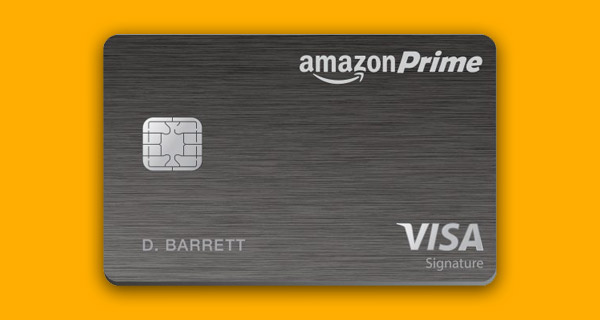
The annual fee is $0 when you have a Prime membership. As a Prime member, you get 5% back on Amazon.com, Amazon Fresh, and Whole Foods Market purchases. You also earn 5% back on travel bookings made through Chase. Additionally, you receive 2% back at gas stations, restaurants, and local transit and commuting services. For all other purchases, you get 1% back.
When you’re approved for the card and have a Prime membership, you receive a $200 Amazon gift card as a welcome bonus. There is no foreign transaction fee, which is beneficial for international purchases.
The Amazon Prime Rewards card has various benefits for frequent shoppers who have an Amazon Prime membership. It offers unlimited 5% back on Amazon.com and Whole Foods Market spending. It also provides decent rewards in everyday categories. However, to apply for the card, you must have an Amazon Prime membership, which costs $139 a year (or $69 for students). To make the Prime membership fee worthwhile, you’d need to spend at least $2,800 annually on purchases to earn the 5% back.
Wells Fargo Active Cash® Card
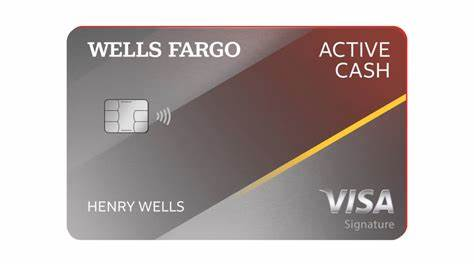
The annual fee for the Wells Fargo Active Cash® Card is $0. You can earn 2% cash rewards on your purchases. Additionally, there is a welcome bonus of $200 cash rewards when you spend $500 within the first three months of opening the account. However, there is a foreign transaction fee of 3%. Despite that, this card offers many benefits. Its easy-to-earn and easy-to-redeem rewards structure makes it an excellent cash-back card. Moreover, it provides perks such as an introductory APR offer on purchases and balance transfers. Another advantage is Wells Fargo’s cell phone protection when you pay your bill using this card. Overall, the Wells Fargo Active Cash® Card is a great option for cash-back rewards and additional benefits.
Blue Cash Preferred® Card from American Express
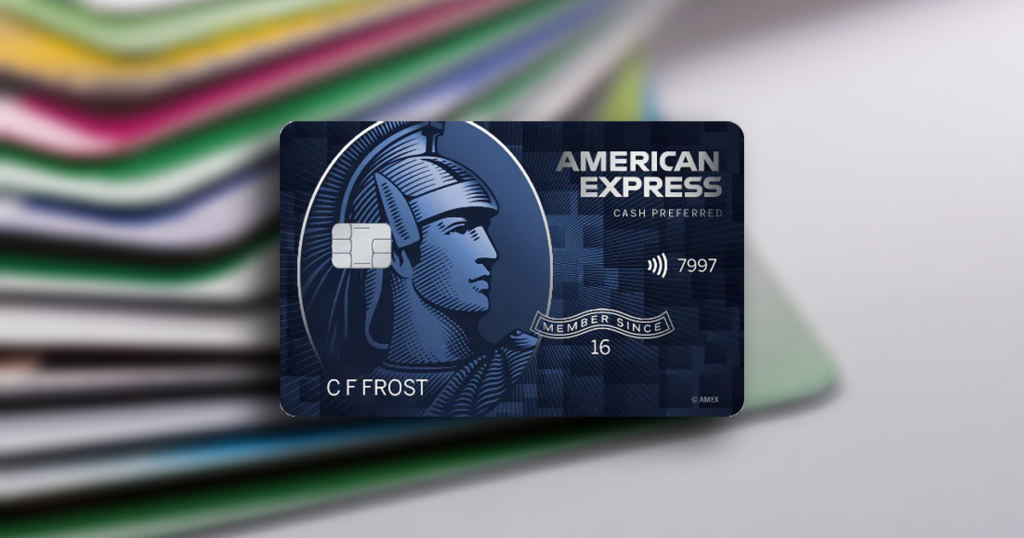
The annual fee for the first year is $0, but it increases to $95 afterward (terms apply). You can earn 6% cash back on up to $6,000 per year in purchases at U.S. supermarkets, and 6% cash back on select U.S. streaming subscriptions. For purchases at U.S. gas stations and on transit, you can earn 3% cash back. On all other purchases, you earn 1% cash back.
The cash back you receive comes in the form of Reward Dollars, which can be redeemed as a statement credit. By spending $3,000 on purchases within the first six months of card membership, you can earn a $250 statement credit as a welcome bonus.
When making foreign transactions, a fee of 2.7% is charged for each transaction after conversion to US dollars. Although the card has an annual fee after the first year, it is particularly beneficial for households that spend a significant portion of their budget on groceries and transportation.
Should you get a cash-back credit card?
Cash-back cards are highly appealing due to the universally understood reward: cash. According to John Ulzheimer, a consumer credit expert, the simplicity of cash rewards eliminates the need to comprehend point or mile conversions.
For everyday expenses, cash-back credit cards can yield significant savings. However, there’s a caveat. If you carry a balance, the interest you’ll accrue may outweigh the value of your cash-back rewards. Nevertheless, those who pay off their balance each month benefit from a consistent discount while shopping.
One notable cash-back card option is the Wells Fargo Active Cash® Card. It offers an unlimited 2% cash rewards on purchases, allowing households to earn $500 in cash-back rewards by spending $25,000 annually.
When choosing cash-back cards with varying earnings in different categories, consider the effort required to track those categories and any associated earning rate limits. For instance, if your supermarket spending is below $6,000 annually, the Blue Cash Preferred® Card from American Express may not be the optimal choice due to its $95 annual fee and capped U.S. supermarket earnings.
If your current credit card doesn’t offer any rewards, a cash-back credit card provides a straightforward path to earn a percentage back on your spending. To simplify your decision-making process, we’ve carefully curated a selection of top cash-back cards across various categories.
What is a cash-back card?
A cash-back card is a type of credit card. It allows you to earn a percentage back on your spending. For example, if you spend $100 on a cash-back card that earns 2%, you’ll get $2 back. This is not the same as a rewards card, which earns points per dollar spent. However, the value of a point can vary greatly among different loyalty programs.
Common cash-back categories
Cards that offer high cash-back rates in specific spending categories are designed for busy households or those who spend on everyday items such as groceries, dining, and gas. However, it’s rare to find a card that provides substantial rewards for expenses like auto repairs, dentist appointments, or artwork. These specialized cash-back categories cater to common consumer needs and preferences, ensuring maximum benefit for targeted expenditures. On the other hand, less commonly encountered expenses may not receive the same level of rewards from credit card issuers.
Types of cash-back cards
Cash-back credit cards are available in three main types: flat-rate, rotating categories, and tiered rewards. Each type operates differently and offers distinct benefits. Let’s explore how each of these types functions and what they have to offer.
- Flat-rate cash-back credit cards provide a consistent cash-back rate on all purchases. Regardless of the spending category, you’ll earn the same percentage of cash back. These cards are straightforward and convenient, making them a popular choice for many cardholders.
- Rotating categories cash-back credit cards offer higher cash-back rates on specific spending categories that change periodically. For example, you might earn extra cash back on groceries one quarter and then on gas purchases the next quarter. These cards cater to individuals who can maximize their rewards by aligning their spending with the featured categories.
- Tiered rewards cash-back credit cards provide varying cash-back rates depending on the spending category. Typically, these cards offer higher cash back for specific categories, such as dining, travel, or groceries, and a lower rate for other purchases. They are suitable for individuals who have consistent spending patterns in certain categories and wish to maximize their cash-back earnings.
Pros & cons of cash-back cards
Pros:
Cash-back cards offer a key benefit: saving money on your everyday purchases. By earning a small percentage back, they help you reduce expenses. Most cash-back cards are fee-free and may include additional advantages like travel or purchase protections. Moreover, top cash-back cards often provide attractive welcome bonuses when you meet a spending threshold within the initial months of account opening.
Cons:
Finding the right cash-back card for your spending patterns can be challenging. There is no universal solution that fits everyone, so you must anticipate your future expenses. It’s important to note that numerous cash-back cards impose foreign transaction fees, which makes them unsuitable for international use.
What to think about when choosing a cash-back card
- Are you planning to carry a balance? Most cash-back cards earn 1% to 6% on purchases. However, carrying a balance can result in high double-digit interest rates, meaning you’ll pay more interest than you’ll earn in cash back.
- Does the rewards structure of the card match your spending habits? If you seldom use your kitchen, there’s no sense in obtaining a card that offers high rewards on grocery purchases. Select a card that aligns with your primary spending areas.
- When comparing nearly identical cards, consider additional features that may benefit you. While two cards may have similar rewards, one might provide useful perks like cell phone insurance or extended warranty protection when used for payments.
How to make the most of your cash-back card
To make the most of your cash-back card, follow these steps:
- Opt for a card that suits your spending habits. Find one that matches your money management style.
- Avoid carrying a balance to prevent interest charges from diminishing your cash-back earnings.
- Ensure you redeem your rewards. Earning rewards is futile if you don’t use them.
- Consider combining your card with another. No single card is perfect for all your expenses, so owning multiple cards can maximize your savings on every dollar spent.
